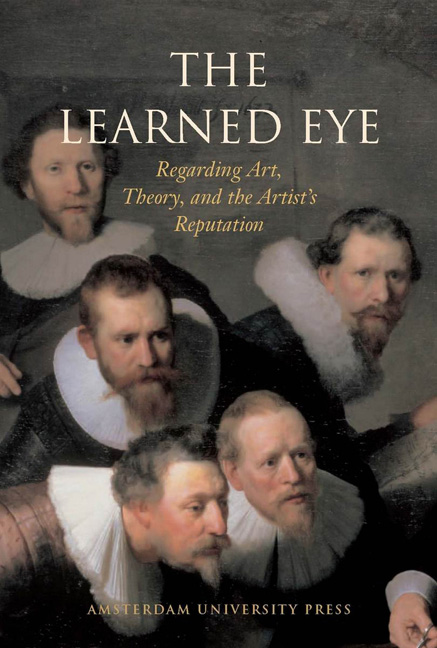Aelbert Cuyp’s Innovative Use of Spatial Devices
Summary
When Aelbert Cuyp (1620-1691) grew up in his hometown of Dordrecht, the city did not have a strong artistic tradition. The most well-known painter of a generation before Aelbert was his own father Jacob (1594-1651/2), who had specialized in portraiture. In the field of landscape painting, there were virtually no painters of significance and when the City Council decided to commission a large panoramic picture of Dordrecht for the city hall in 1629, the assignment was awarded not to a local artist but to Adam Willaerts (1577-1664), a Utrecht painter of Flemish descent (FIG. 1). Cuyp was nine years old at this time and he had presumably just started his apprenticeship in the studio of his father.
A comparison of Willaert's painting with the View of Dordrecht that Aelbert Cuyp created some 25 years later, around 1655, illustrates how innovative Cuyp was in his hometown (FIG. 2). While both painters used a number of the same methods to create a sense of depth, the result is very different. For example, in both pictures the colors become lighter and there are less tonal contrasts as the illusionistic space recedes into the distance, a phenomenon known as ‘atmospheric perspective’ (or houding in seventeenth-century Dutch). However, the relatively low horizon, the low sunlight and the imposing cloudy sky in Cuyp's painting help create a sensation of spaciousness that is very different from what Willaerts achieved in his picture. The difference is perhaps most striking when one looks at the way in which Dordrecht's silhouette and the ship in the foreground have been placed in the picture plane.
In Willaerts’ picture, the angle from which we see for example the timber raft on the left is not consistent with the angle from which we see the large ships in the immediate foreground (a bird's eye perspective versus a much lower viewpoint). The different elements appear somewhat clumsily above and below one another. Willaerts presumably used a number of different drawings or other sources for his painting and he seems to have had trouble combining the different elements into a convincing illusionistic space. In the case of Cuyp's View of Dordrecht we know for sure that the artist based the painting on a number of different sketches, namely his View of Dordrecht (Rijksmuseum) and his Timber Raft (British Museum).
Information
- Type
- Chapter
- Information
- The Learned EyeRegarding Art, Theory, and the Artist’s Reputation, pp. 87 - 98Publisher: Amsterdam University PressPrint publication year: 2005
